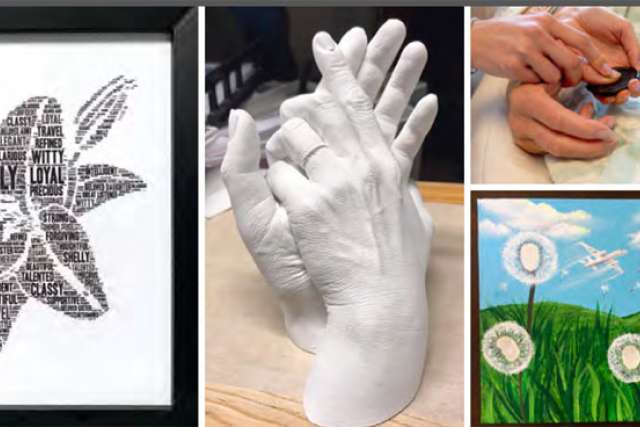“His wife called every day to ask for updates, but she had not seen or spoken to him for the past week since he’d been intubated and transferred to the intensive care unit (ICU) for COVID respiratory failure. Seven days after his admission, we had to call her to say that he was coding and we were doing chest compressions. We called her again 15 minutes later to tell her that he was dead, and no, she could not come to see the body. He was 29 years old when he was admitted and 30 when he died a week later.” As I listened to my critical care colleague’s story of one of our first COVID deaths, I knew it broke her heart — as it did mine.
Although death is not an uncommon occurrence in the ICU, this is not the kind of death that health care workers at our institution, or any institution, are used to. As a critical care physician whose research interest is to improve the end-of-life experience in the ICU, this change nagged at my conscience, and I was shaken by this unexpected side effect of the COVID-19 pandemic. At our institution, I had founded a program called the 3 Wishes Program two years ago. The premise of the program is to make deaths in the ICU dignified and personalized by implementing small wishes for dying patients and their families; in turn, these acts of compassion have been shown to be uplifting and rewarding to the clinicians who implement them.
During this pandemic, I find myself yearning for the days when it was possible for clinicians to go “above and beyond” to fulfill final wishes. We have fulfilled a dying patient’s wish to die outdoors at sunset, with his wife snuggled at his side, in the same hospital bed. We have hosted final holiday celebrations and bittersweet weddings with numerous loved ones in attendance. We have created precious hand-molds of a husband and wife holding hands for the last time, helped family members decorate a dying patient’s room and given families locks of hair or fingerprints that become forever treasured.
None of these examples are now possible. COVID-19 has drastically changed the way patients die in hospitals due to the need for personal protective equipment (PPE) and visitor restrictions. Deaths are lonely, and at our hospital, the ability of clinicians to implement the 3 Wishes Program and to provide a compassionate and dignified death have become challenging. Most COVID-19 patients will die with no family at the bedside. And if not alone, it will be with an unrecognizable clinician whose eyes are barely visible through an armor of PPE. Items that previously could have been given as keepsakes are now considered contaminated and potentially infectious.
Despite these unprecedented challenges, I strongly believe that the combination of compassion, ingenuity and technology can help us get through these difficult times without losing our sense of humanity, particularly at our patients’ end of life. I believe that we can continue to apply the philosophies of the 3 Wishes Program and patient-centered care, although differently.
At our institution, every patient’s room has an iPad with HIPAA-compliant Zoom capabilities. Although the interface was originally cumbersome, I impressed upon our IT department the need for a mechanism that was user-friendly and did not increase health care workers’ exposure, and changes were quickly made. During morning rounds, the last item on my ICU checklist was to make sure videoconferencing between patients and their families occurred once a day, even if it is just five minutes long, and the only thing that the family member can see is their loved one intubated, sedated and prone. I learned how to use the function myself and frequently did clinical updates with family members, while showing them their loved one during my daily examinations.
My heart is warmed when I learned that our nurses are also frequently asking family members what the patient’s favorite music was, and I can hear it playing, even when I enter in full PPE. For the creation of keepsakes, I worked with infection control to develop a protocol in which fingerprints of dying patients can be safely obtained and subjected to UV germicidal irradiation (as we are doing to reuse our N95 masks). Once irradiated, these fingerprints are framed in keychains and sent to family members as final mementos. For a simpler but equally personal keepsake that does not require patient contact, we print an EKG from the patient’s medical records and place it in a personalized frame before mailing it to the family. My prior experience with the 3 Wishes Program has taught me that keepsakes serve as tangible reminders of the patient’s existence and are a great source of comfort to family members; I can only imagine that they are even more meaningful during these times of isolation and separation.
The COVID-19 pandemic has changed our world in almost every aspect, but it does not get to change the fact that patients deserve — and health care workers want to deliver — compassionate care. As it is unlikely that things will “go back to normal” for the foreseeable future, compassion, creativity and solidarity will be essential for creating new ways to provide patient-centered care. For end-of-life care, the range of our capabilities has become restricted, but with a little effort and a lot of heart, we can still perform the small acts of kindness that we already know make a big difference.

